While preparing for cooler temperatures, it is important to make sure your home is ready for the temperature changes and running efficiently. This Do it Yourself Home Energy Audit will provide you with with energy savings that will pad your wallet and reduce your impact on the environment. Regardless of the age of your home…
Reduce your transportation-related contribution to climate change: Did you know transportation is New York’s leading source of climate-damaging greenhouse gas emissions? Reducing those emissions will require collective action by all of us. So, this week, we’ve partnered with Map My Emissions to help you make more climate-friendly transportation choices. Map My Emissions lets you compare…
Do you enjoy a good cocktail now and then? Are you concerned about the impact your alcohol of choice may have on the environment? This week we will provide you with more details on how to enjoy a drink while remaining environmentally conscious. With the help of Grist, we are able to provide you with…
The Town of East Hampton has a long record of sustainability leadership, particularly on the issue of open space. But there are many steps the town can take to continue to improve its environmental performance–and the town’s elected leaders will play a critical role in this effort.] For this reason, the New York League of…
At the end of summer and start of fall, your garden and nearby farmers’ markets will be flourishing with fresh, healthy food. While the abundance of goodies may seem as fleeting as the summer sun, you can preserve some of your produce for the upcoming months. Canning and pickling your food is not only a…
Last week we explored tips to gardening in autumn, and this week we will elaborate on the importance of leaving leaves and grass clippings on your garden and some areas of your lawn. On the other hand, leaving large leaves piled up several inches on your lawn can cause damage to the grass. This article…
Putting a bit of effort into your garden in the fall allows it to thrive during next year’s growing season. There are also many new plants that thrive in fall weather, such as flowers, shrubs, and edible plants. Even if your garden consists of just a few containers on a New York City rooftop or…
The letters sections of newspapers and magazines are prime forums for getting your message to a wide audience.
Fall cleaning is here! It’s time to knock out some chores to get ready for the coming winter to prevent damage accumulating and keep your home working efficiently. Make sure to respect your health and the environment while getting ready for the changing season with these tips: Use safe cleaning products. Toxic cleaning products don’t…









